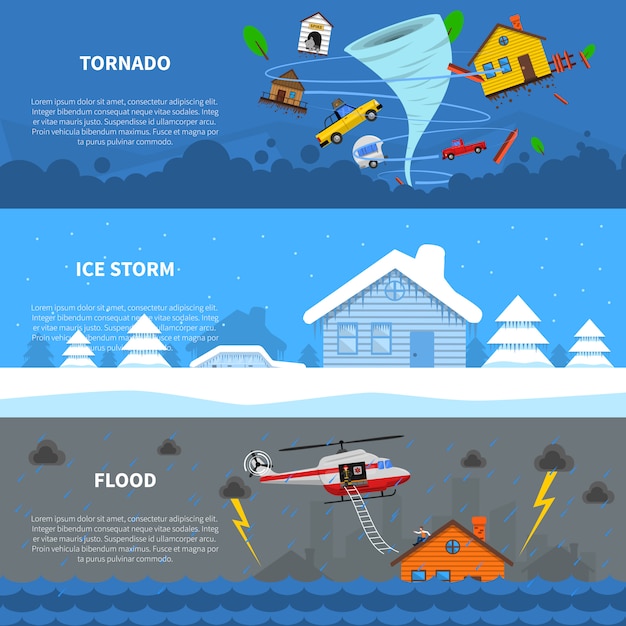Interesting Earthquake Facts

Earthquakes occur when the Earth’s tectonic plates suddenly shift.
The largest recorded earthquake in history had a magnitude of 9.5.
The Richter scale is used to measure the intensity of an earthquake.
Earthquakes can cause tsunamis if they occur under the ocean.
California experiences more earthquakes than any other state in the United States.
The Great San Francisco Earthquake of 1906 was one of the deadliest in American history.
The Himalayas were formed by the collision of tectonic plates, resulting in frequent earthquakes in the region.
Earthquakes can trigger landslides and avalanches.
The majority of earthquakes happen along the Pacific Ring of Fire.
Earthquakes can be caused by human activities, such as mining or hydraulic fracturing.
The study of earthquakes is called seismology.
Some animals can sense earthquakes before they occur, possibly due to changes in electromagnetic fields.
Certain buildings and structures are designed to withstand earthquakes through specialized engineering techniques.
Earthquakes can leave long-lasting psychological effects on survivors.
The deadliest earthquake in recorded history occurred in 1556 in China and claimed the lives of approximately 830,000 people.
Earthquakes can cause the ground to liquefy, leading to the sinking or floating of buildings and structures.
The 1964 Alaskan earthquake had a magnitude of 9.2 and caused widespread damage and loss of life.
Interesting Earthquake Facts part 2
Earthquakes can create new geological formations, such as mountains or rift valleys.
The smallest earthquakes, barely noticeable by humans, are recorded daily by seismographs around the world.
The city of Tokyo experiences frequent earthquakes due to its location near multiple tectonic plate boundaries.
Earthquakes are not solely a terrestrial phenomenon; they have been detected on other planets and moons in our solar system.
The study of historical earthquake patterns can help scientists predict future seismic activity in certain regions.
Earthquakes can trigger volcanic eruptions by releasing built-up pressure in the Earth’s crust.
The intensity of an earthquake can vary depending on the depth at which it occurs.
Earthquakes can cause significant damage to infrastructure, such as roads, bridges, and buildings.
Tsunamis generated by earthquakes can travel across entire ocean basins, affecting coastal regions thousands of miles away.
The word tsunami comes from the Japanese words tsu meaning harbor and nami meaning wave.
The 1906 San Francisco Earthquake led to the establishment of the Richter scale for measuring earthquake magnitudes.
In areas with a high risk of earthquakes, emergency preparedness and earthquake drills are often practiced to minimize potential damage.
Earthquakes can create temporary or permanent changes in groundwater levels and affect the availability of water resources.
Earthquake-resistant building codes and construction practices are implemented to minimize casualty and damage in seismic-prone areas.
The largest earthquake ever recorded in the United States was a magnitude 9.2 event that struck Alaska in 1964.
The deadliest earthquake in recent history occurred in 2010 in Haiti, killing an estimated 230,000 people.
Earthquakes can trigger secondary hazards such as fires, gas leaks, and power outages.
The tectonic plates on Earth are constantly moving at a very slow rate, causing ongoing seismic activity.
Earthquakes can occur at any time of the year, day, or night with little to no warning.
Earthquake early warning systems are being developed to provide advance notice before the shaking reaches populated areas.
The study of aftershocks following a major earthquake can help scientists understand the overall fault behavior and its potential risks.
Earthquakes can have a significant impact on the environment, disrupting ecosystems and causing landslides or soil liquefaction.
The deadliest earthquake in the United States occurred in 1906 in San Francisco, killing an estimated 3,000 people.
The intensity of an earthquake diminishes with distance from the epicenter.
Earthquakes can cause permanent displacement of the Earth’s crust, altering coastlines and elevations.
In 1755, a devastating earthquake and tsunami struck Lisbon, Portugal, resulting in the death of tens of thousands of people.
Earthquakes can produce a wide range of frequencies, from low-pitched rumbling sounds to high-frequency vibrations.
Learning about earthquake facts and preparedness can help individuals and communities mitigate the risks and stay safe during seismic events.